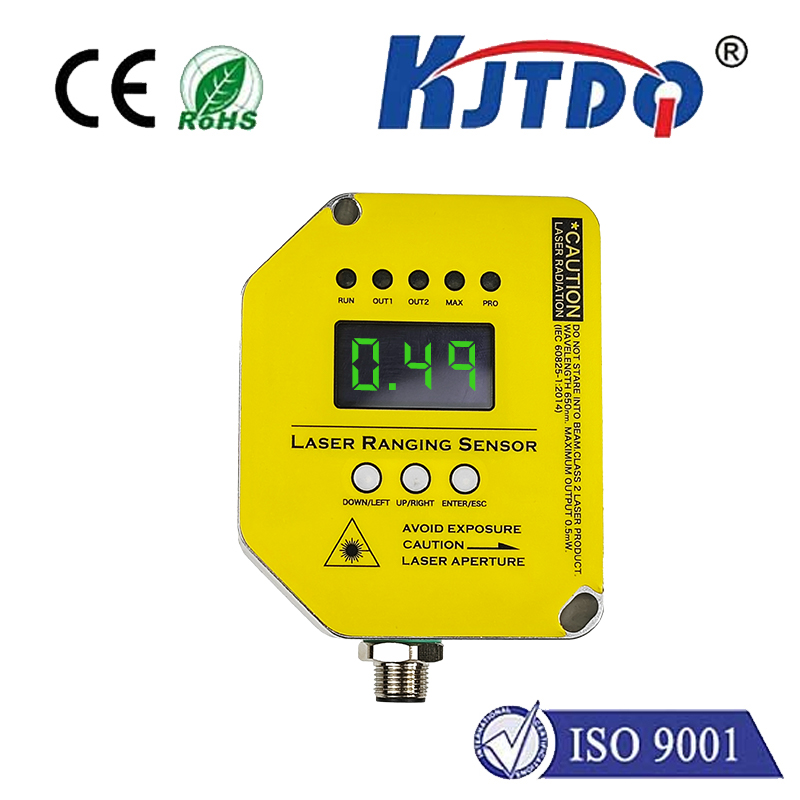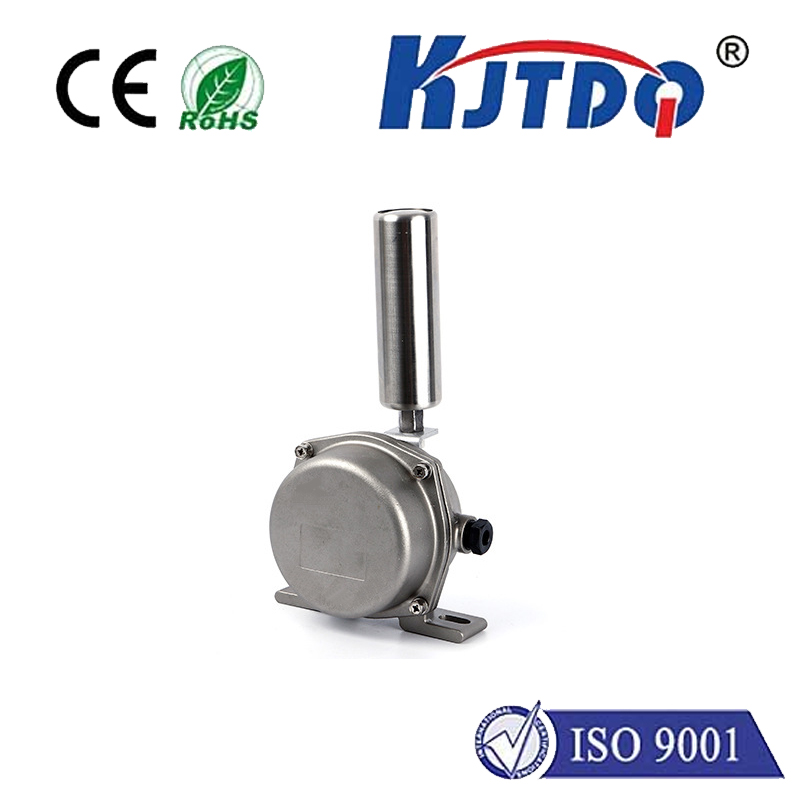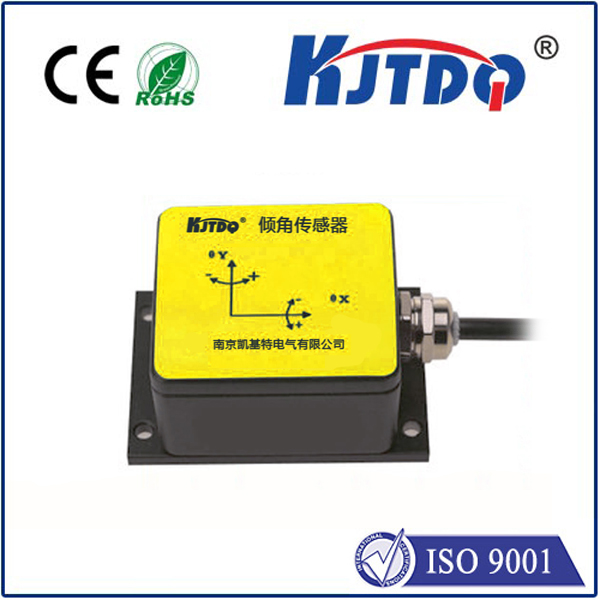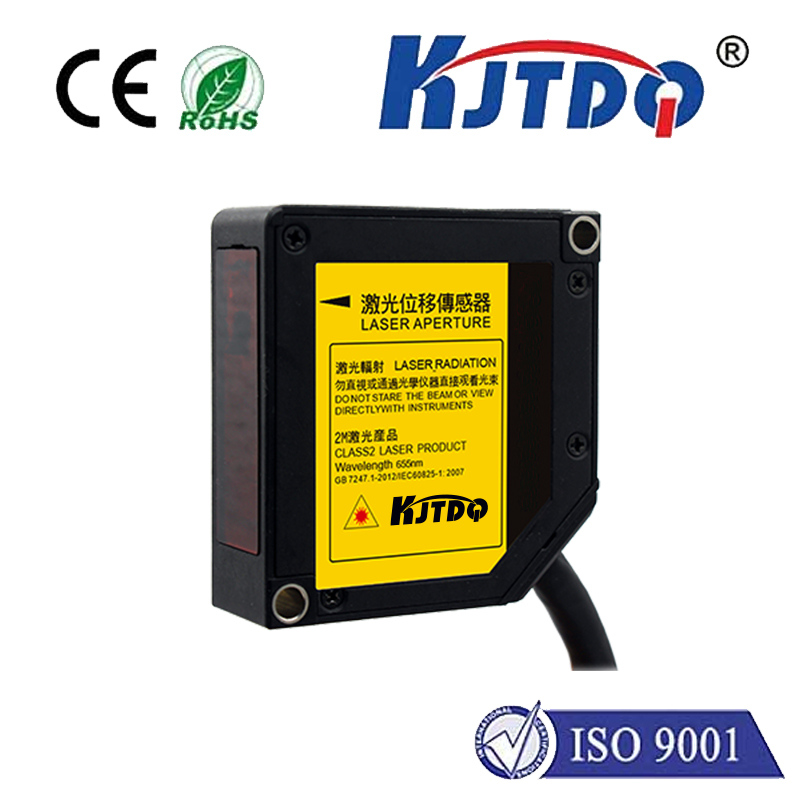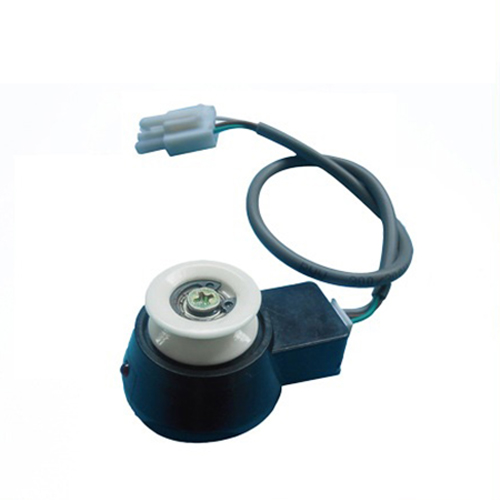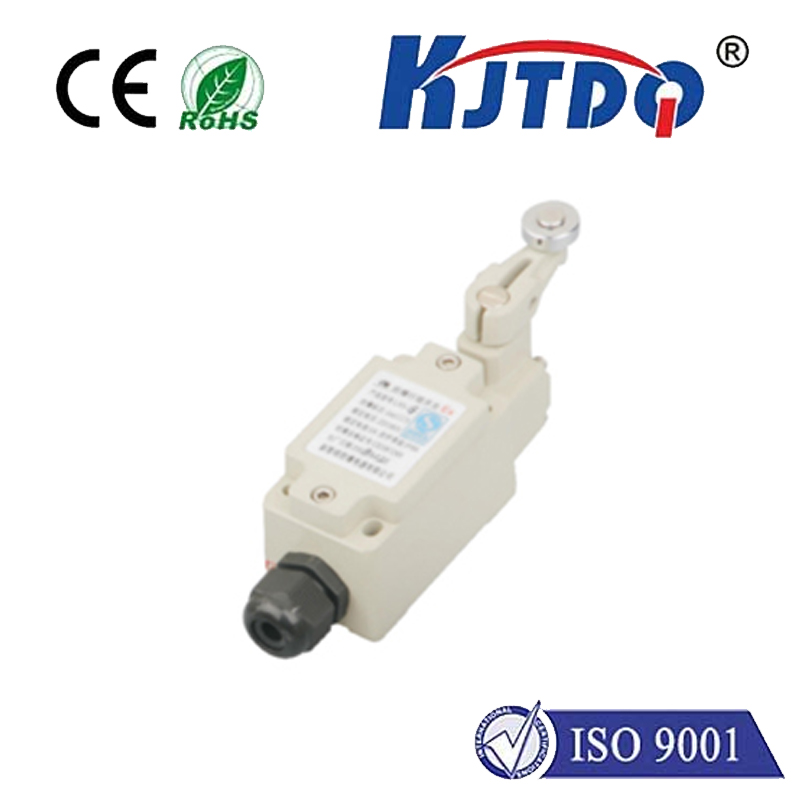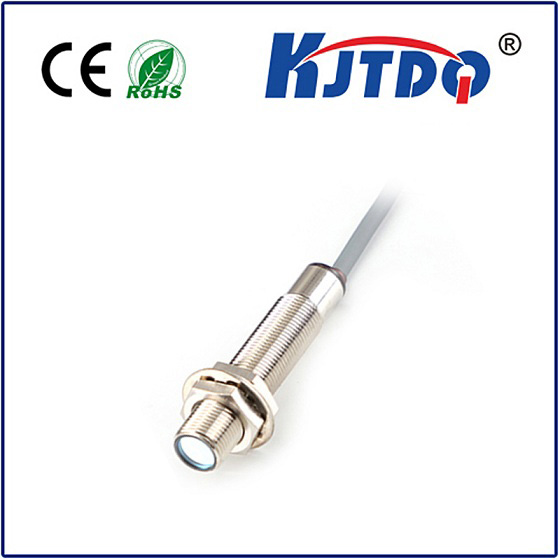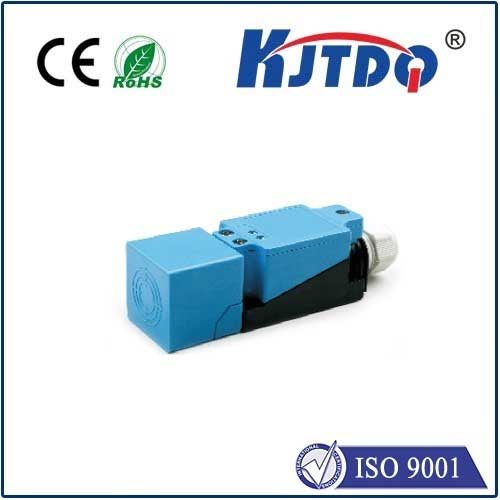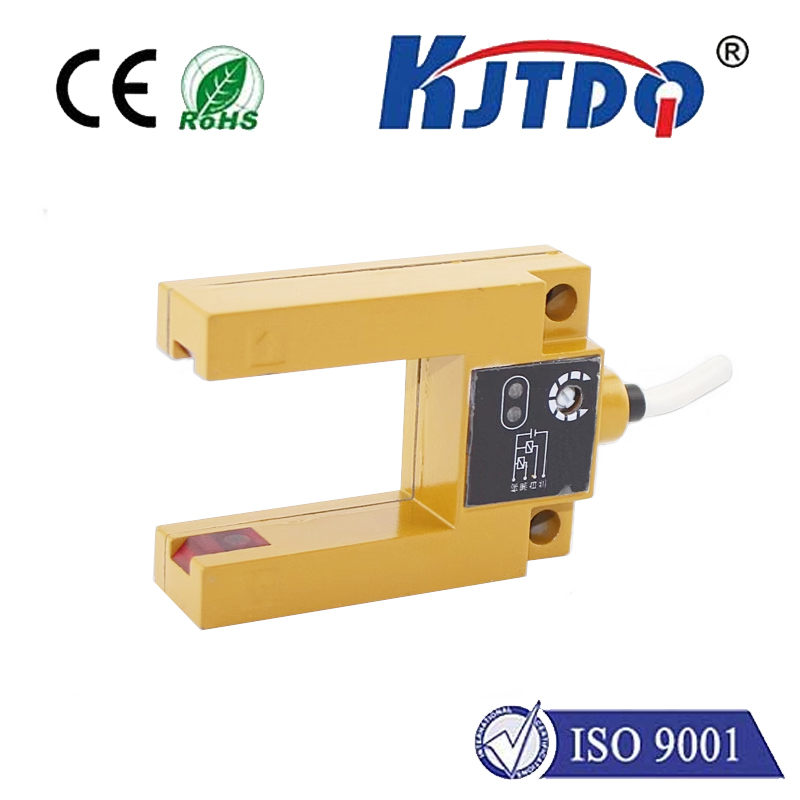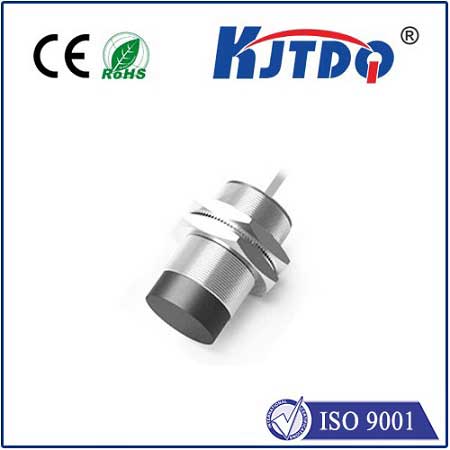

check

check

check

check

check

check

check

check

check

check
In this day and age, where technology has become an integral part of our lives, innovations are constantly emerging to make tasks easier, faster and more efficient. One such innovation is the hand proximity sensor. This tiny device has been transforming the way we interact with our smart devices, providing enhanced security measures and increasing user experience. In this article, we delve deeper into the world of hand proximity sensors and their impact on our daily lives.
Hand proximity sensors are electronic devices that detect physical contact between an object and a person's hand. They work by emitting a small electrical signal that is detected by a receiver when it makes contact with the person's hand. The strength of the signal can be used to determine the distance between the hand and the device. This technology is widely used in various applications like mobile phones, laptops, gaming consoles, home automation systems, and even security systems.
One of the key benefits of using hand proximity sensors is their ability to enhance security. In the field of home automation, for instance, these sensors can be used as a means of controlling access to doors and windows. By requiring users to physically touch the door or window before it can be opened, these sensors provide an added layer of security, making it more difficult for unauthorized individuals to gain access. Similarly, in the realm of mobile devices, these sensors are used to unlock phones when worn on a wristband or placed on a tabletop. This not only adds convenience but also provides an additional level of security by preventing unauthorized access to the phone.
In addition to security, hand proximity sensors also offer improved user experience. In gaming consoles, for example, these sensors can be used to activate certain features or actions in games without the need for buttons or controllers. This not only increases the speed and efficiency of gameplay but also allows for a more seamless and intuitive interaction between player and machine.
Moreover, hand proximity sensors can also be used in healthcare settings. For instance, they can be integrated into medical devices to enable patients to operate them without having to physically touch them. This is particularly useful for elderly patients or those with disabilities who may have difficulty using traditional controls.
The use of hand proximity sensors is not limited to these applications alone. As technology continues to evolve, we can expect to see more innovative ways in which these sensors will shape our daily lives. From improving accessibility in public spaces to enhancing the user experience in virtual reality systems, the possibilities are endless.
In conclusion, hand proximity sensors are changing the way we interact with technology, offering increased security measures and enhancing user experience while opening up new possibilities for innovation. As this technology continues to mature and evolve, we can expect to see even more exciting developments in the years ahead.
